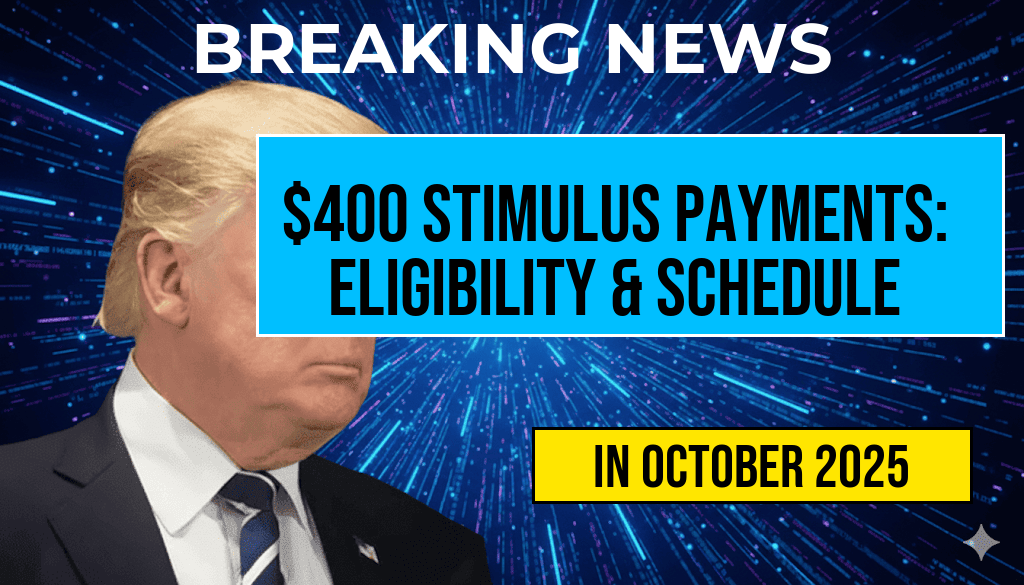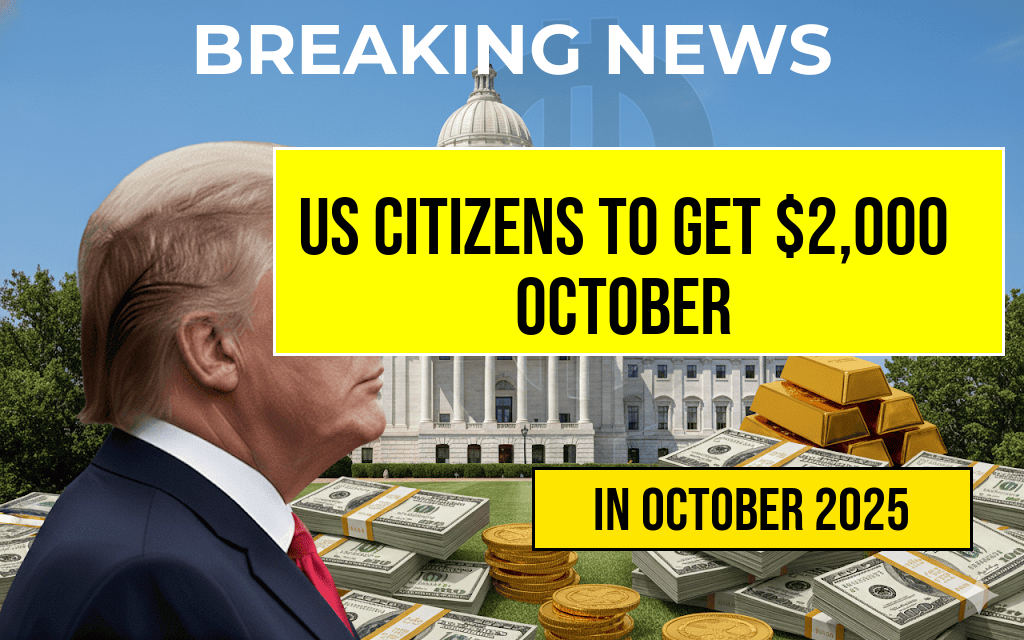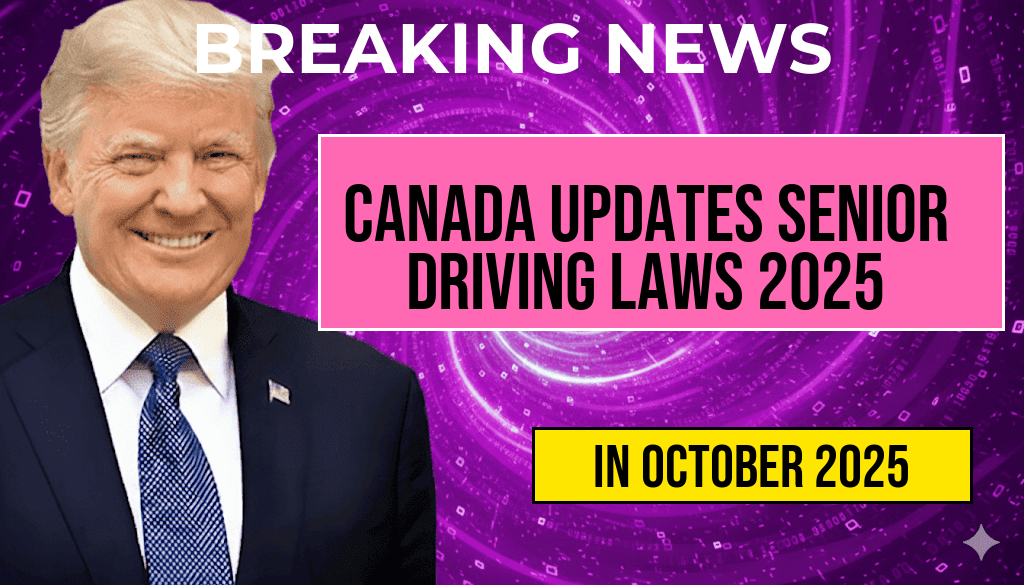A new federal stimulus initiative is providing $400 direct payments to eligible individuals across the United States, aiming to provide financial relief amid ongoing economic challenges. The program, announced by government officials earlier this month, offers a straightforward process for qualifying residents to receive the funds, which are expected to boost household budgets during uncertain times. The payments are scheduled to be distributed over the coming months, with clear eligibility requirements and a detailed payment schedule outlined by authorities. This initiative underscores the government’s ongoing efforts to support Americans facing economic strain, particularly those affected by inflation, rising living costs, or recent job disruptions.
Eligibility Criteria for the $400 Stimulus Payment
The stimulus program targets a broad spectrum of residents, but specific eligibility hinges on several key factors. Applicants must meet criteria related to income levels, employment status, and residency. The primary eligibility requirements include:
- Residency: Applicants must be U.S. citizens or legal residents residing in eligible states or territories.
- Income Limits: The program primarily serves individuals and families with an annual income below $75,000 for single filers and $150,000 for joint filers. Those with slightly higher incomes may still qualify under certain circumstances.
- Tax Filing Status: Eligible recipients are typically required to have filed a 2022 tax return or submit relevant documentation if they did not file taxes last year.
- Employment Status: Workers experiencing recent job loss, reduced hours, or gig work may qualify if their income falls within the specified limits.
- Other Considerations: Homeless individuals, veterans, and recipients of specific government assistance programs (such as SNAP or Medicaid) may also be eligible, depending on their circumstances.
Individuals unsure about their eligibility are encouraged to consult the official government portal or their local assistance offices for verification. The program aims to reach as many qualifying Americans as possible, emphasizing inclusivity and broad access.
Complete Payment Schedule and Distribution Details
The distribution of the $400 stimulus payments will occur in phases over the next three months, with direct deposits and prepaid debit cards as the primary channels for delivery. The schedule is as follows:
| Payment Phase | Estimated Date Range | Eligible Recipients |
|---|---|---|
| First Phase | October 15–25, 2023 | Individuals who filed 2022 taxes and provided direct deposit info |
| Second Phase | November 1–15, 2023 | Those who qualified but used paper filing or did not provide banking info |
| Final Phase | November 20–30, 2023 | Remaining eligible recipients, including new applicants or corrections |
Recipients will receive the payment either through direct deposit into their bank accounts or via prepaid debit cards sent by mail. The government has emphasized that there is no need to reapply if you’ve already submitted your information; payments will be automatically processed based on the data provided during your last tax filing or application.
Additional Support and Resources
Participants seeking further information can visit the official [IRS website](https://www.irs.gov) or the [U.S. Department of Treasury](https://home.treasury.gov) for updates and assistance. These agencies provide comprehensive FAQs, eligibility checkers, and contact options to address specific questions. Eligibility verification tools are also available through state government portals, which may handle local distribution logistics for some regions.
Potential Tax Implications
It’s worth noting that the $400 stimulus payment is considered a federal benefit and generally does not count as taxable income. However, recipients should keep records of their payments for future reference, especially if they receive other forms of federal assistance or are subject to income reporting requirements. For detailed information, consult the IRS guidelines or speak with a tax professional.
Impacts and Public Reception
Early responses to the stimulus initiative suggest widespread support among eligible populations, especially those who have faced financial hardships in recent months. Economists project that the infusion of funds could stimulate local economies by increasing consumer spending on essentials such as groceries, rent, and utilities. Community organizations have also expressed optimism about the program’s potential to alleviate some of the pressures faced by low- and middle-income households.
While the direct payments are a temporary measure, officials hope they will serve as a catalyst for broader economic stability and recovery efforts. For ongoing updates and to verify your eligibility, visit trusted sources like the [Federal Reserve](https://www.federalreserve.gov) or [Congress.gov](https://www.congress.gov).
Frequently Asked Questions
Question
Who is eligible to receive the $400 stimulus payment?
Answer
The $400 stimulus payment is available to all eligible individuals based on specific criteria such as income level, filing status, and residency requirements as outlined in the official guidelines.
Question
How can I check the payment schedule for the $400 stimulus?
Answer
The payment schedule details are published on the official government website, which provides dates and methods for receiving the $400 stimulus payment. It’s recommended to regularly check for updates to stay informed.
Question
What documents are required to verify eligibility for the $400 stimulus?
Answer
Eligible individuals may need to provide proof of income, residency, and filing status. Specific documents such as tax returns, identification, and proof of income might be required during the application process.
Question
When will the stimulus payments be distributed?
Answer
The distribution dates for the $400 stimulus vary depending on the applicant’s location and processing times. The official schedule provides estimated dates, and recipients will be notified once the payments are processed.
Question
Can I receive the $400 stimulus payment if I missed the initial deadline?
Answer
If you missed the initial deadline, you should contact the relevant authorities or visit the official website for information on late applications or additional eligibility opportunities. In some cases, late submissions may still be accepted.
A new federal stimulus initiative is offering $400 payments to eligible Americans, aiming to provide financial relief amid ongoing economic challenges. This program, accessible to a broad segment of the population, is designed to support both individuals and families facing increased expenses. The stimulus payments are scheduled to be distributed over several phases, with detailed eligibility criteria and a clear timetable. Eligible recipients can expect to receive the funds through direct deposit or mailed checks, depending on their registration preferences. As this initiative unfolds, many are eager to understand whether they qualify and when they can expect their payments. Below, we outline the key eligibility requirements, payment schedule, and how to ensure you receive your $400 stimulus promptly.
Who Qualifies for the $400 Stimulus Payment?
Eligibility Criteria Overview
The stimulus program primarily targets U.S. residents who meet specific income and demographic criteria. To qualify, individuals generally need to satisfy the following conditions:
- Legal residency: Must be a U.S. citizen or permanent resident.
- Income limits: Adjusted gross income (AGI) must fall below certain thresholds, which vary based on filing status.
- Tax filing status: Both single filers and married couples, including heads of households, are eligible if they meet income requirements.
- Age restrictions: The program is available to all age groups, including seniors and minors, provided they meet income criteria.
- Dependents: Individuals claiming dependents may be eligible for additional support, but the primary $400 payment is limited to qualifying adults.
Income Thresholds and Exceptions
The following table summarizes the income limits that determine eligibility:
| Filing Status | Maximum AGI | Additional Notes |
|---|---|---|
| Single | $75,000 | Full payment if income is below threshold. |
| Married Filing Jointly | $150,000 | Full payment eligibility. |
| Head of Household | $112,500 | Eligible if income is below this level. |
Recipients with incomes slightly above the thresholds may still qualify for reduced payments, subject to specific phase-out rules detailed by the administering agency. For the most accurate and personalized assessment, individuals should consult the official IRS guidelines or visit the IRS website.
Payment Schedule and Distribution Method
Distribution Timeline
The payment schedule is structured into multiple phases, aiming to reach all eligible recipients within the next two months. The schedule is as follows:
- First wave: Initiates in mid-November, targeting recipients registered by early November.
- Second wave: Begins in early December, focusing on late registrants and those who did not receive initial deposits.
- Final phase: Concludes by late December, ensuring all eligible individuals are covered.
Payment Methods
Participants can receive their $400 payments via:
- Direct deposit: Preferred for speed and convenience, especially for those who filed their tax returns electronically.
- Mail checks: Sent to the address on file for those who did not provide banking information or opted for mailed payments.
How to Ensure Payment Readiness
To avoid delays, eligible individuals should verify their latest contact and banking details with the IRS or the relevant agency. Updating your information promptly can facilitate timely receipt of funds. Also, ensure that your tax filings are current, as discrepancies could hinder processing.
Additional Support and Considerations
Impacted Populations and Special Cases
Some groups, such as retired seniors, disabled individuals, and low-income families, are prioritized within the program. Special provisions are in place for dependents, with additional payments available in certain circumstances, as detailed by Congressional guidelines.
Potential Challenges and How to Address Them
- Delayed payments: Can occur due to outdated contact information or incomplete filings. Regularly check your IRS account for updates.
- Eligibility disputes: If you believe you qualify but have not received payment, contact the IRS or consult a tax professional.
Stay Informed
As details may evolve, staying updated through official sources such as the IRS Newsroom ensures you won’t miss critical deadlines or changes in the program.
Frequently Asked Questions
Question
Who is eligible to receive the $400 stimulus payment?
Answer
Individuals eligible for the $400 stimulus payment include taxpayers who meet specific income thresholds, residents of eligible states, and those who have filed their recent tax returns and meet the program’s criteria.
Question
What is the payment schedule for the $400 stimulus payments?
Answer
The $400 stimulus payments will be distributed in several phases, with the first payments starting in the upcoming month, followed by subsequent disbursements according to the state’s schedule.
Question
How can I apply or register for the $400 stimulus payment?
Answer
Most eligible individuals will automatically receive the stimulus payment through their tax filings or direct deposit. However, if you need to register or update your information, you can do so through the official state portal or tax agency website.
Question
Are there any income limits or restrictions for receiving the $400 payment?
Answer
Yes, the eligibility criteria include income limits set by the program, and individuals with income above certain thresholds may not qualify for the $400 stimulus.
Question
What should I do if I didn’t receive my $400 payment?
Answer
If you did not receive your $400 stimulus payment, you should contact the relevant agency or check your payment status online through the official portal to resolve any issues or update your information.





